Author Archives: IT RCB
Zeb1 and Tle3 are key regulators of muscle differentiation
- July 7, 2023
- Science News@RCB
- IT RCB
- No Comments.
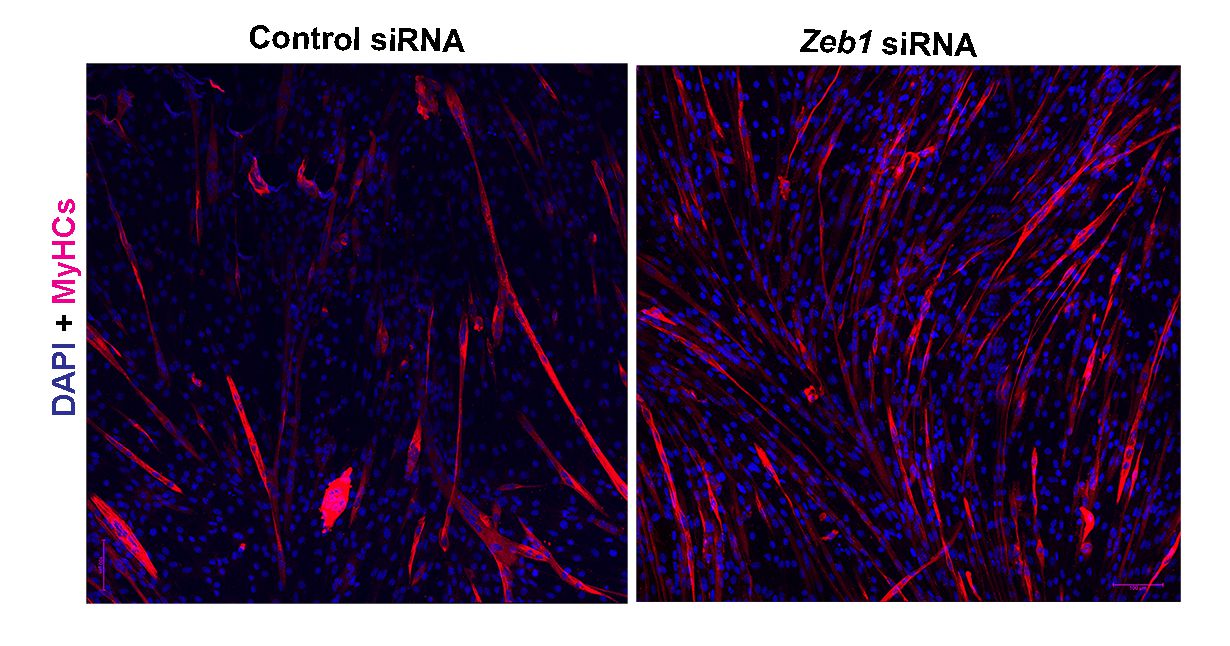
Our skeletal muscle is made up of large, elongated cells with multiple nuclei, known as myofibers. Myofibers arise by a process known as differentiation, where stem cells become specified to the muscle specific fate, fuse with each other and assemble the contractile protein machinery required for muscle contraction. One such crucial muscle contractile protein is […]
Read moreArabidopsis Acetyl Xylan Esterase (AXE) overexpression improves lignocellulosic biomass digestibility
- November 21, 2022
- Science News@RCB
- IT RCB
- No Comments.
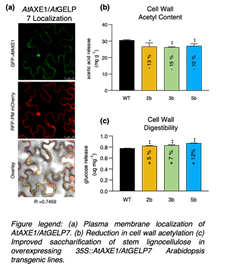
Xylan O-acetylation is critical for stable interaction with cellulose and other polymers in the cell wall. Its alteration improves cellulose as well as xylan digestibility. Xylan acetyl pool is regulated by Golgi and membrane localized esterase but they are not well characterized in plants. In this study, we have identified and characterized first plasma membrane […]
Read moreMITF is a novel transcriptional regulator of STIM1: significance in physiological melanogenesis
- November 21, 2022
- Science News@RCB
- IT RCB
- No Comments.
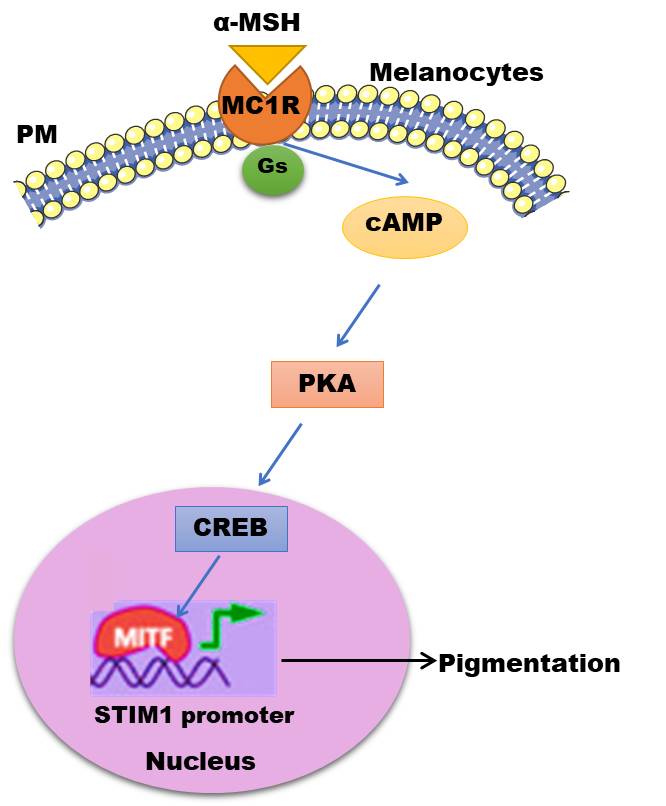
Stromal Interaction Molecule1 (STIM1) is an endoplasmic reticulum calcium (Ca2+) sensor. Several disease states and enhanced biological phenomena are associated with increased STIM1 levels and activity. However, molecular mechanisms driving STIM1 expression remain largely unappreciated. Here using melanocytes as a model system, we demonstrate that Microphthalmia-associated transcription factor (MITF) is a critical regulator of STIM1 […]
Read moreMolecular Dissection of a Conserved Cluster of miRNAs Identifies Critical Structural Determinants That Mediate Differential Processing
- November 11, 2022
- Science News@RCB
- IT RCB
- No Comments.
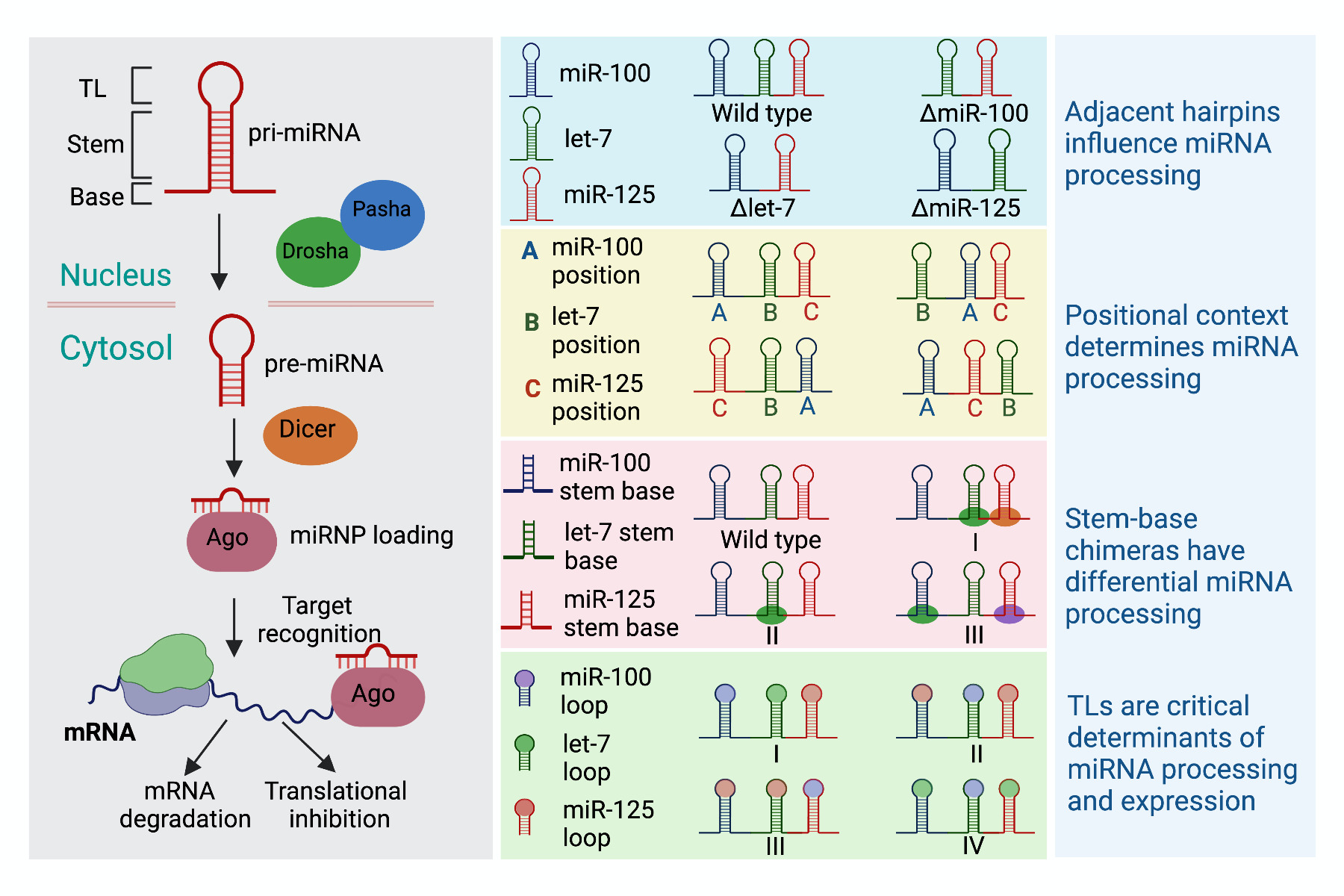
MicroRNAs (miRNAs) belong to the class of small noncoding RNAs that regulate gene expression at the post-transcriptional level. Approximately 50% of miRNA loci in Drosophila melanogaster reside in close proximity in the genome to form clusters that are transcribed together. Since, these clusters are transcribed as a single primary transcript, fine-tuning of the downstream effector […]
Read moreNutritionally enhanced biofortified wheat-based diets promote healthy lifespan of Drosophila melanogaster
- November 11, 2022
- Science News@RCB
- IT RCB
- No Comments.
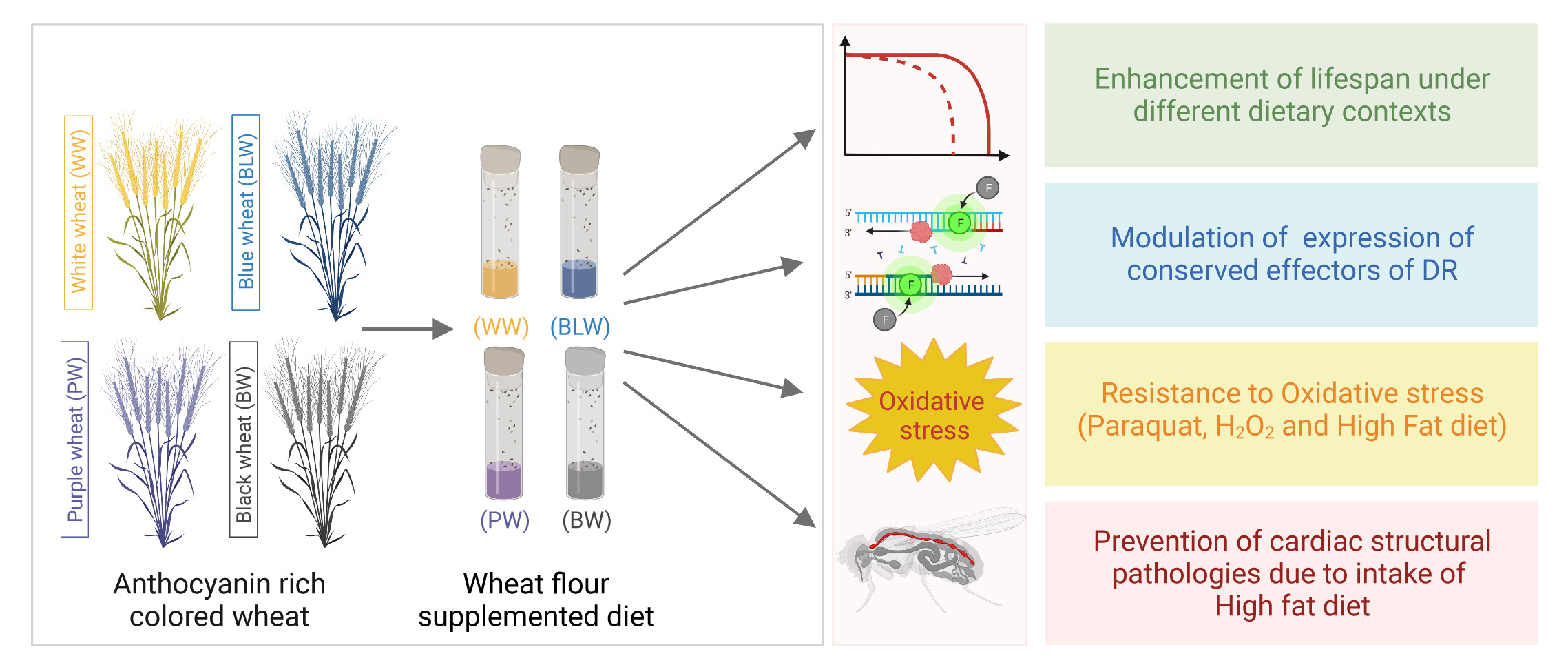
Biofortification of food crops has been utilized as a cost-effective and feasible strategy to increase the nutritional value of food and improve the health of populations that have limited access to diverse diets and other micronutrient interventions. Wheat is one of the most widely grown staple crop in which conventional breeding approaches have been utilized […]
Read more